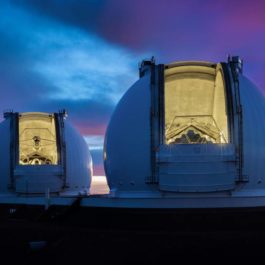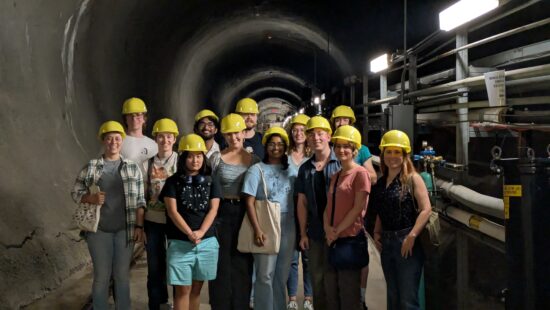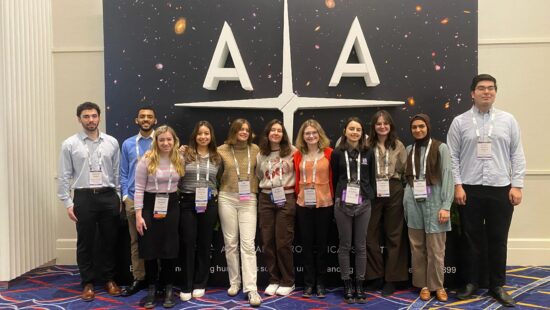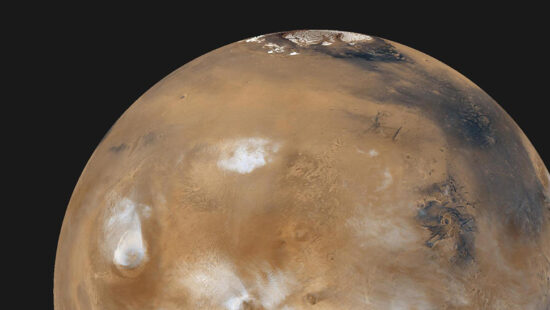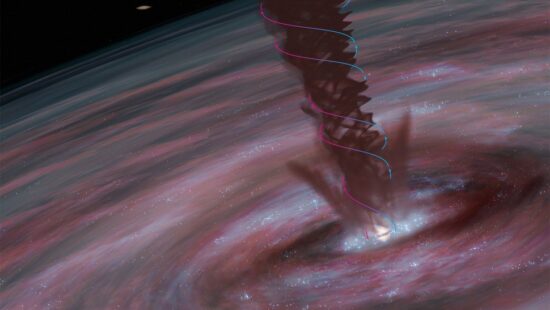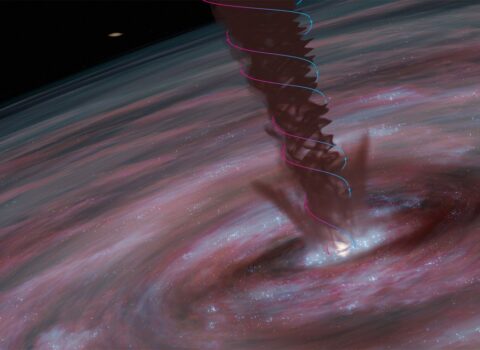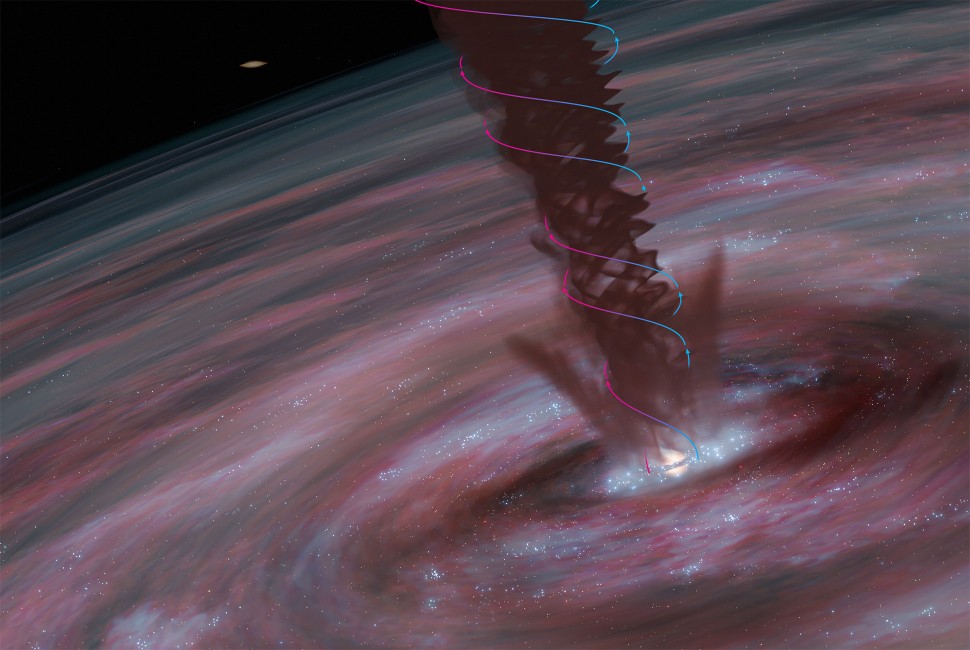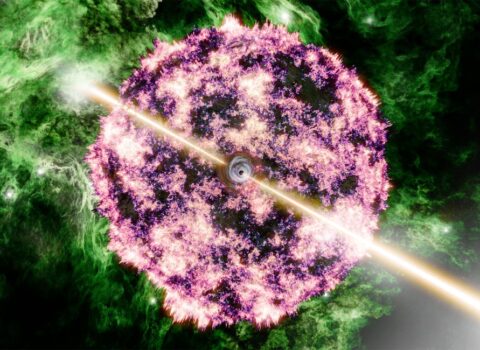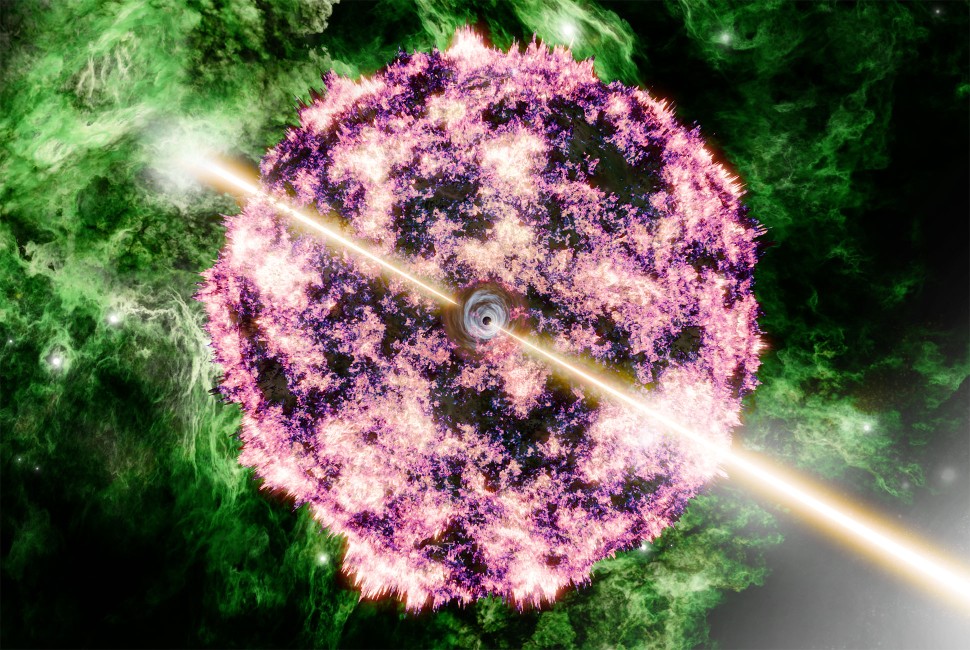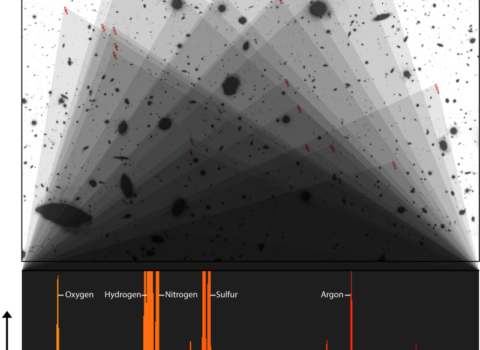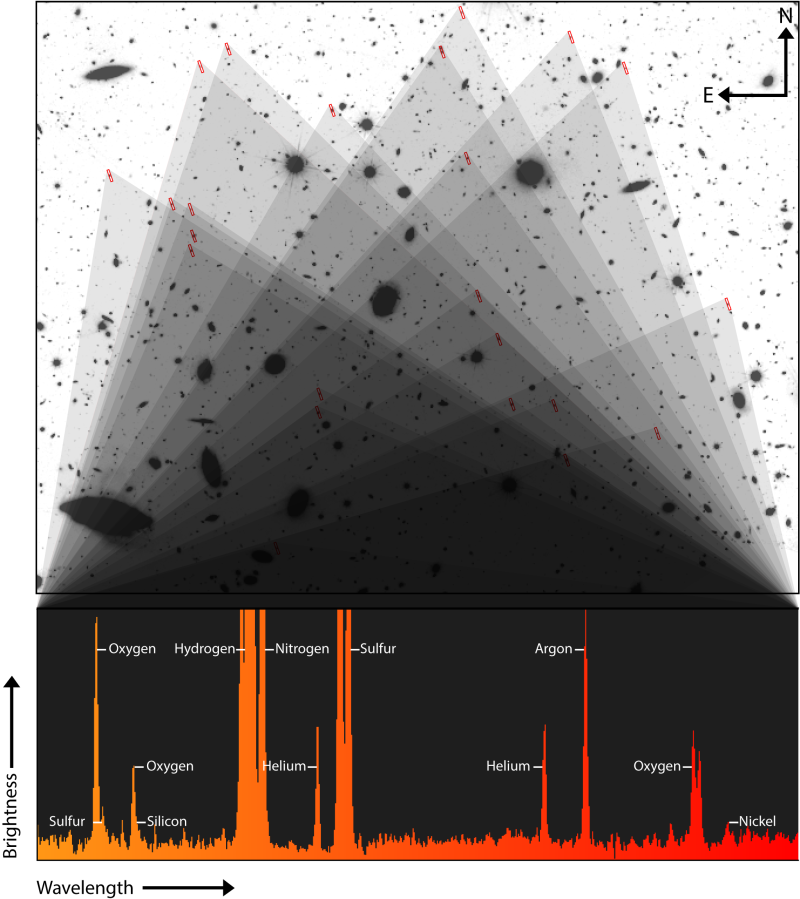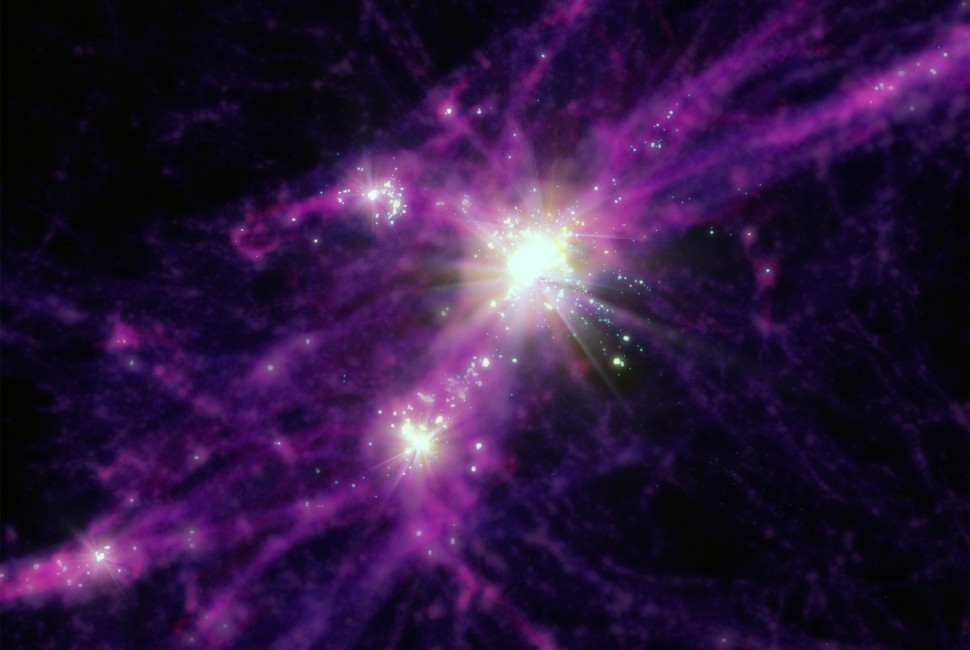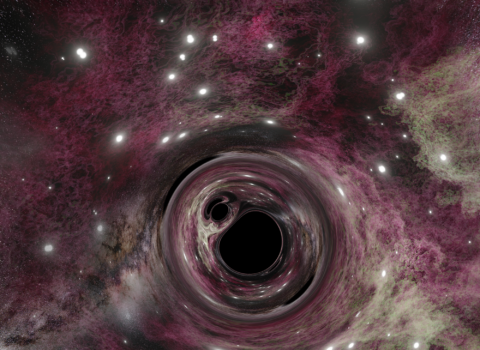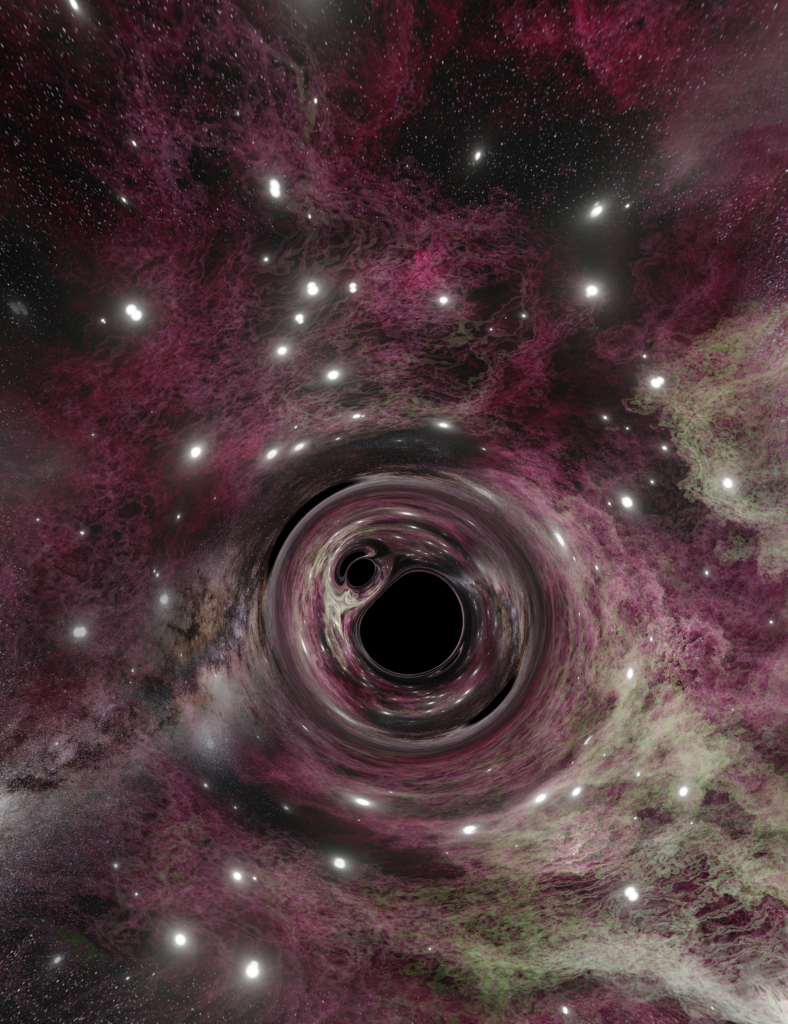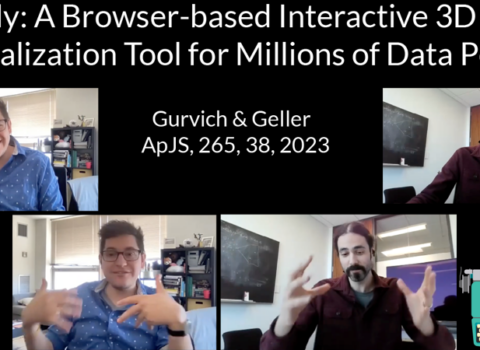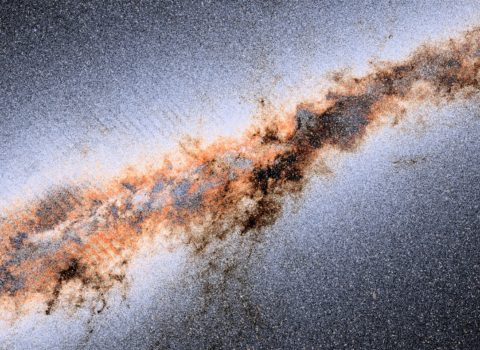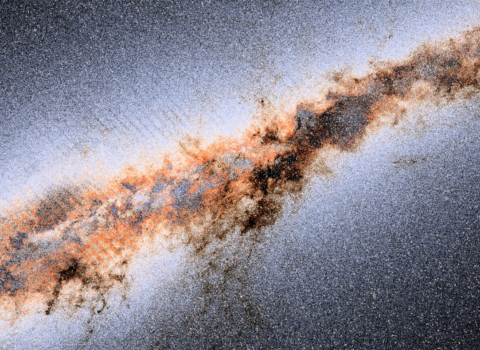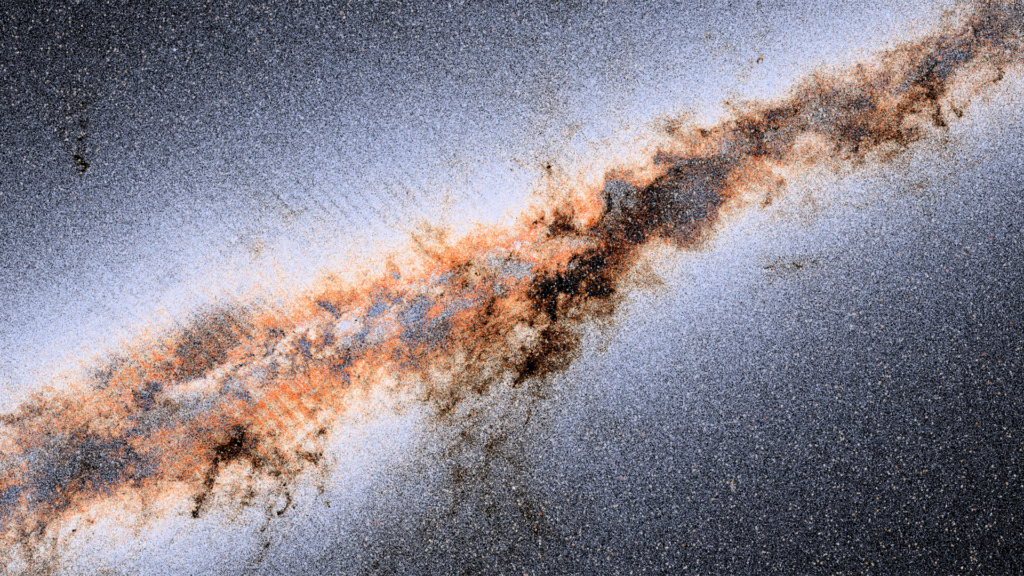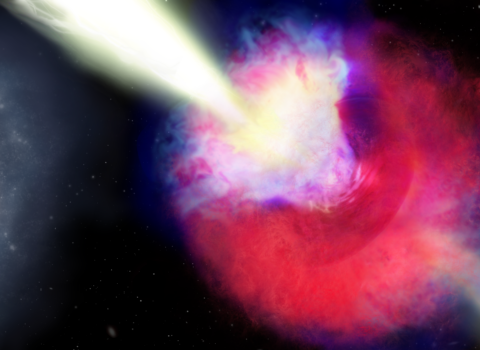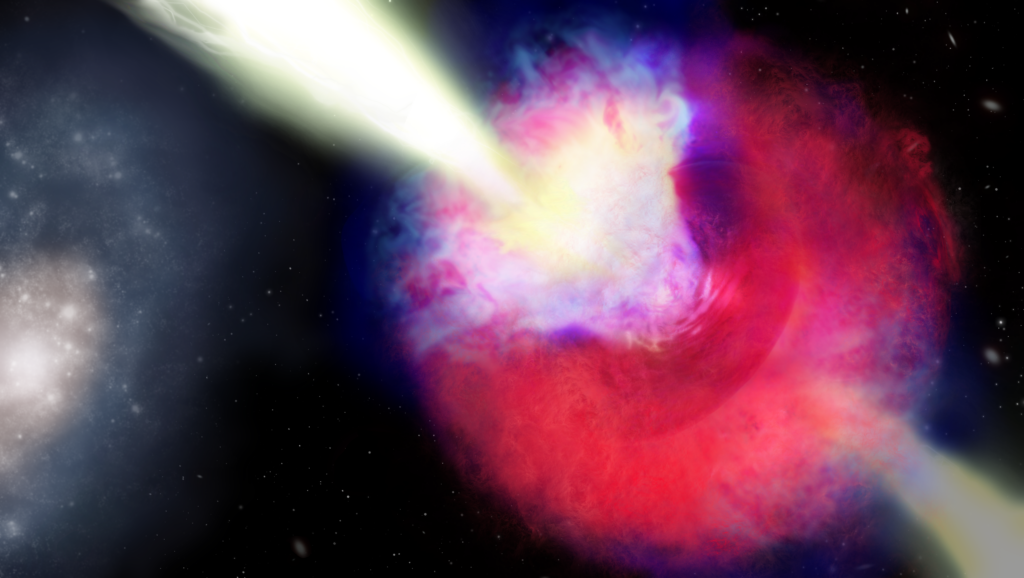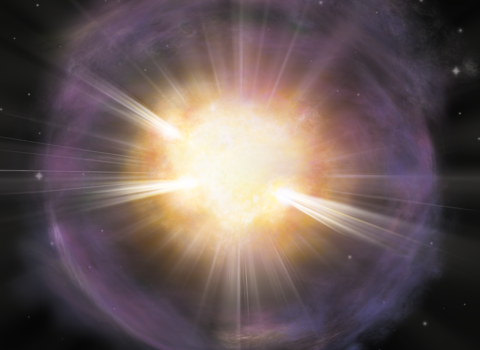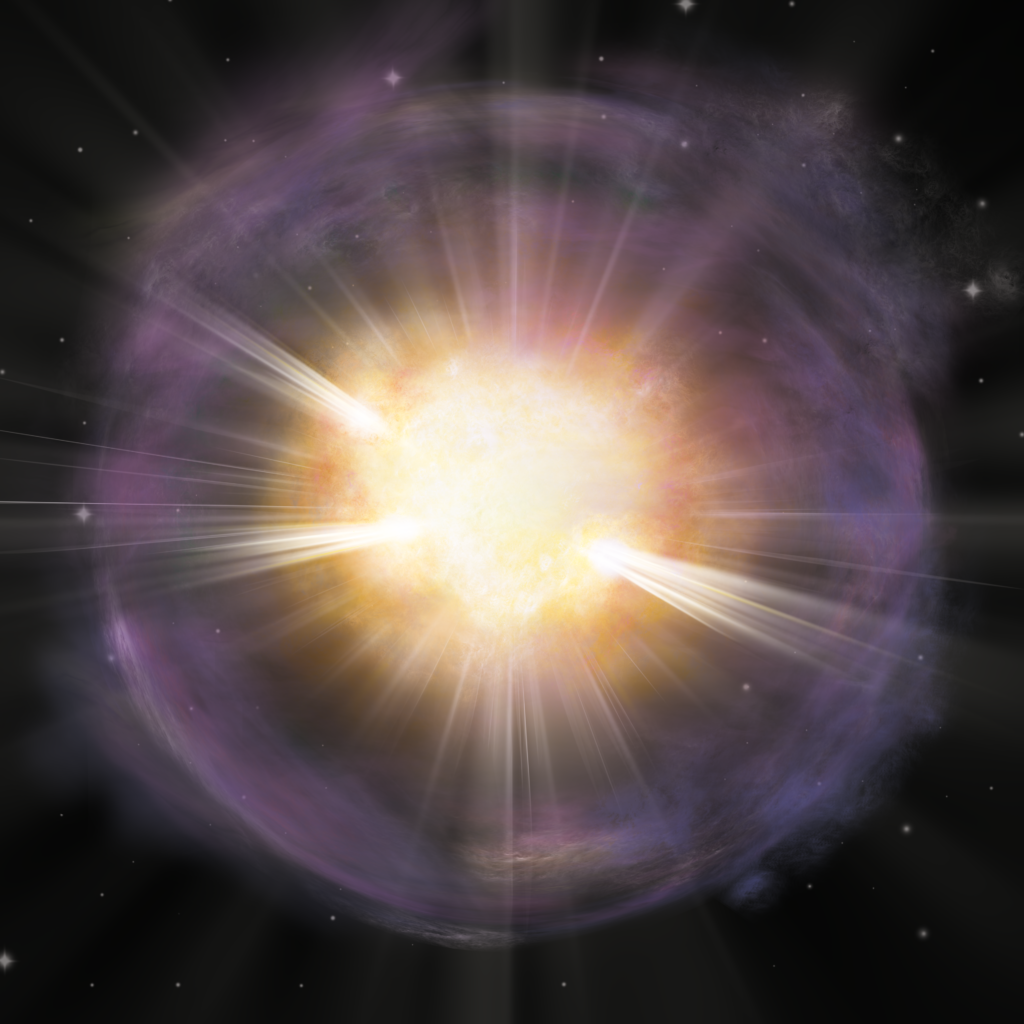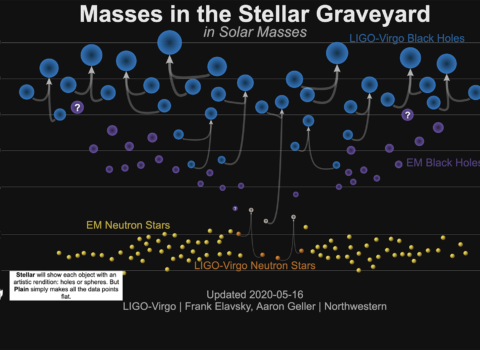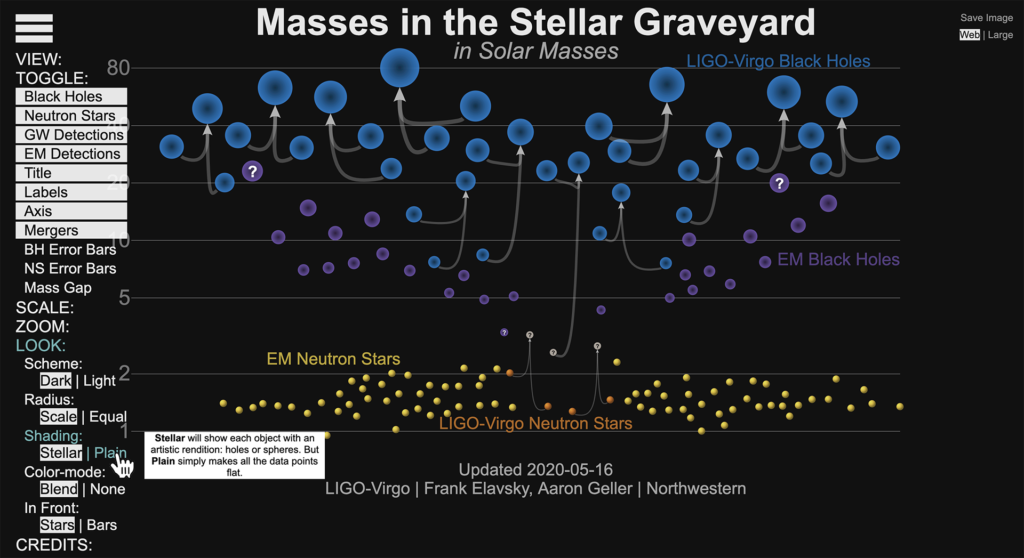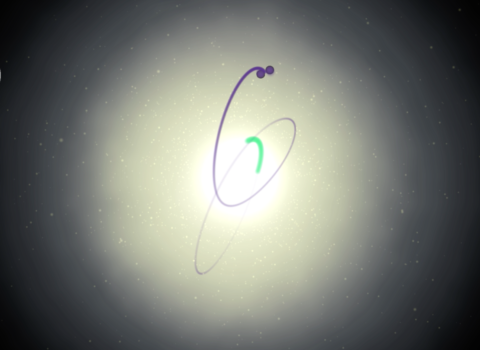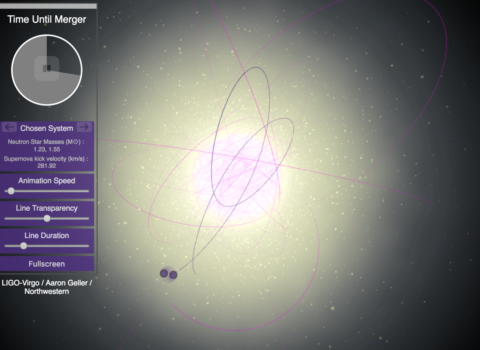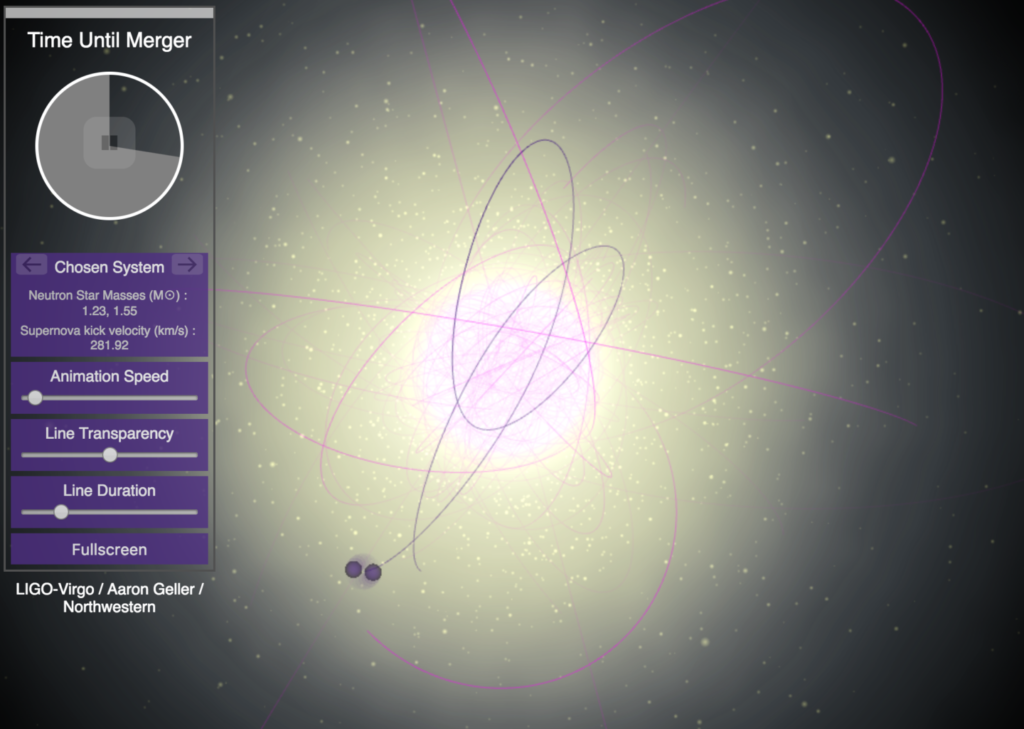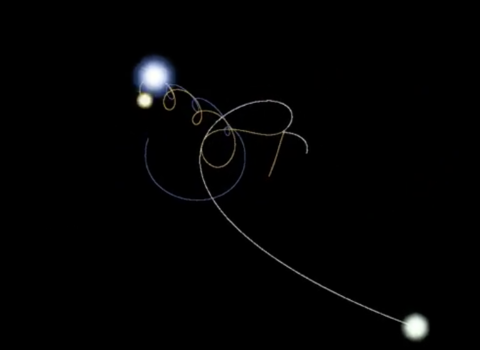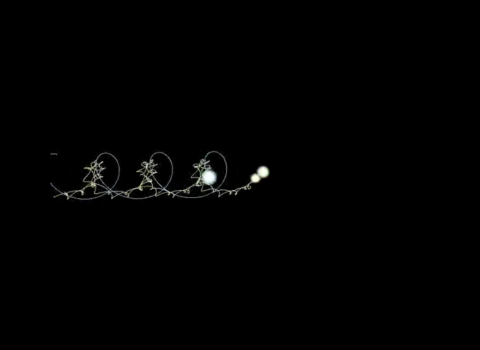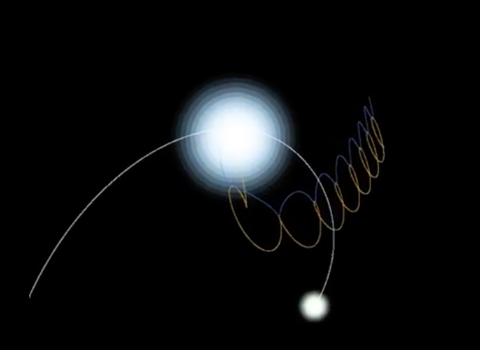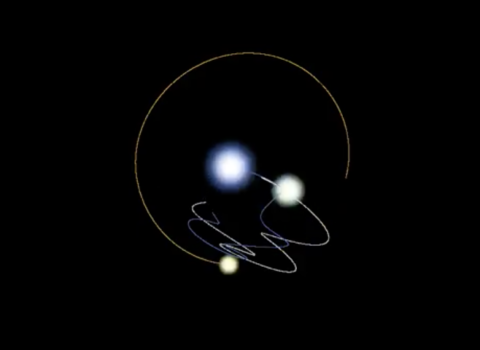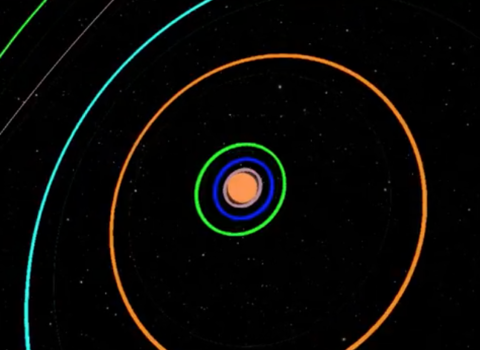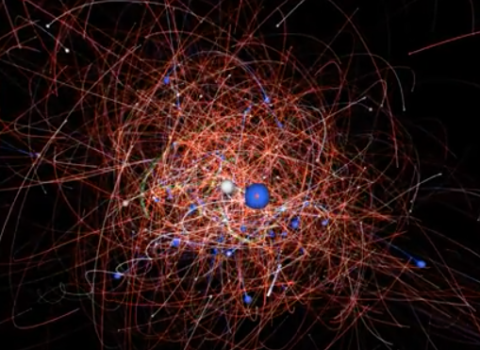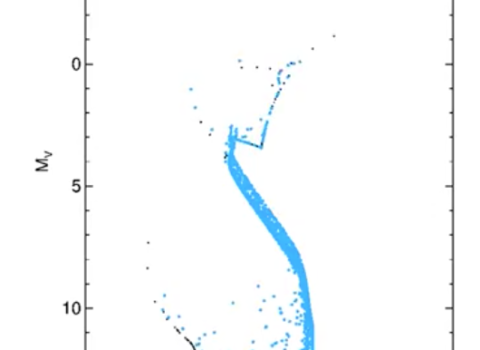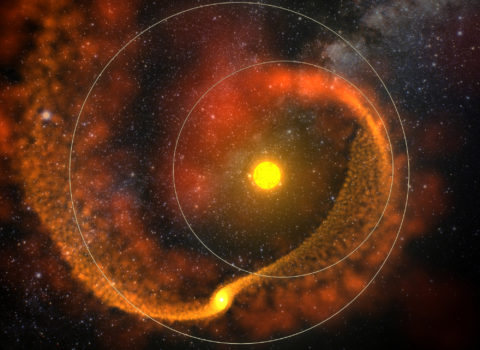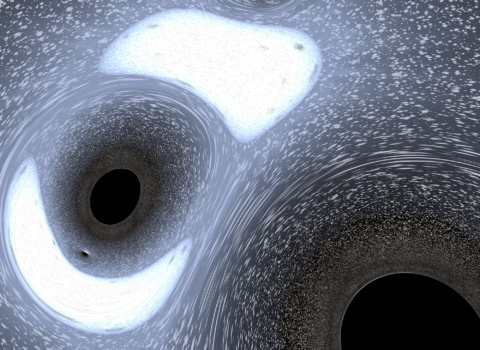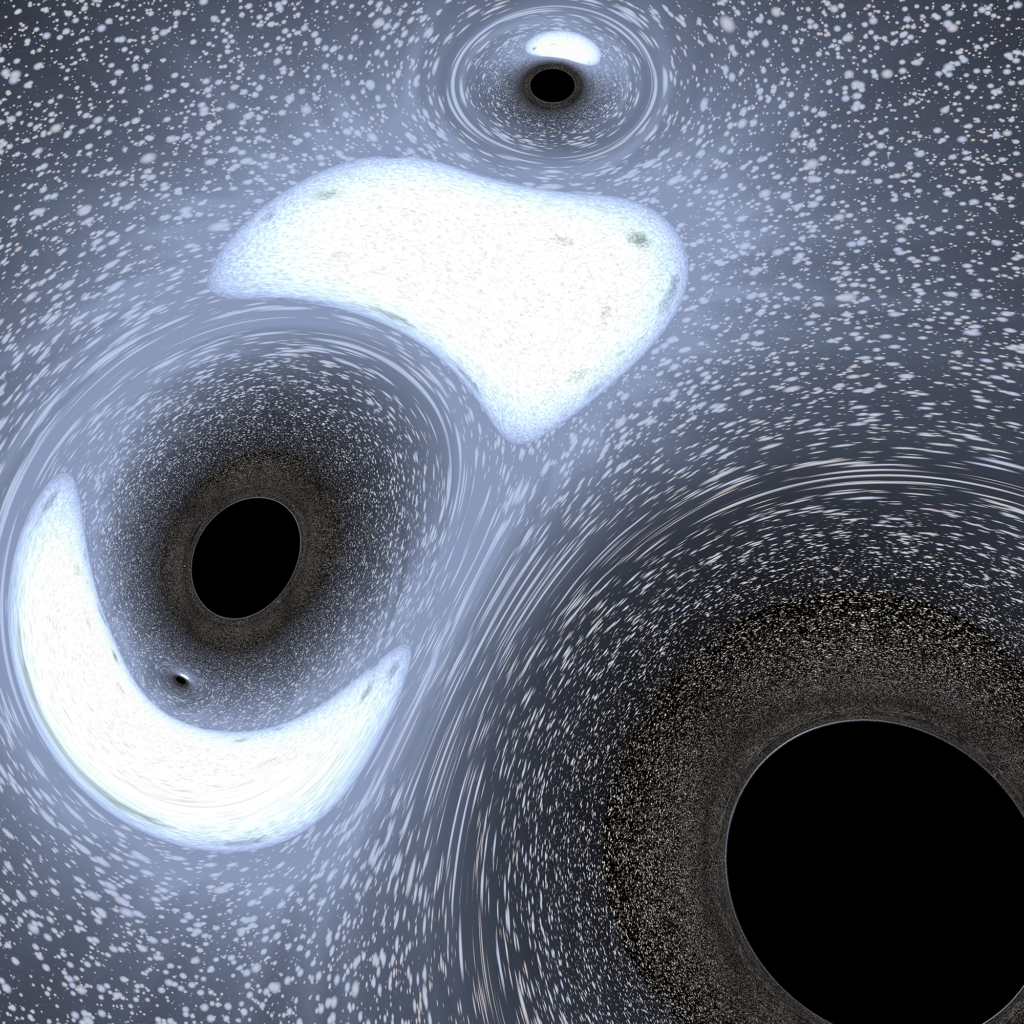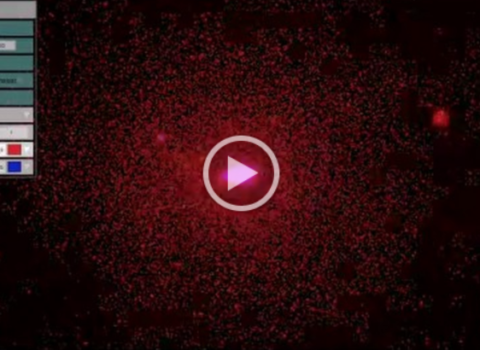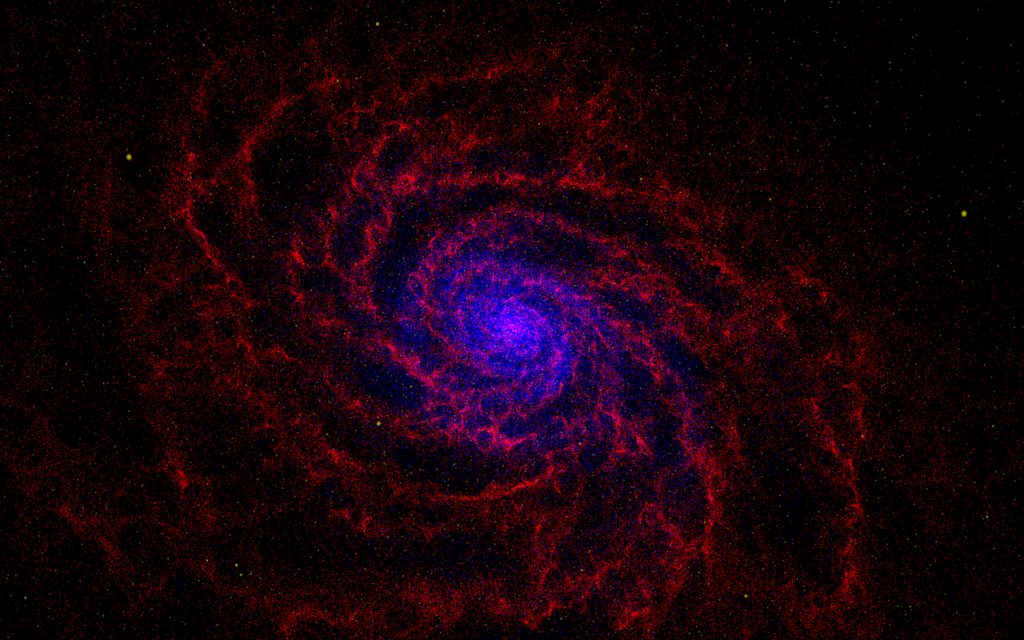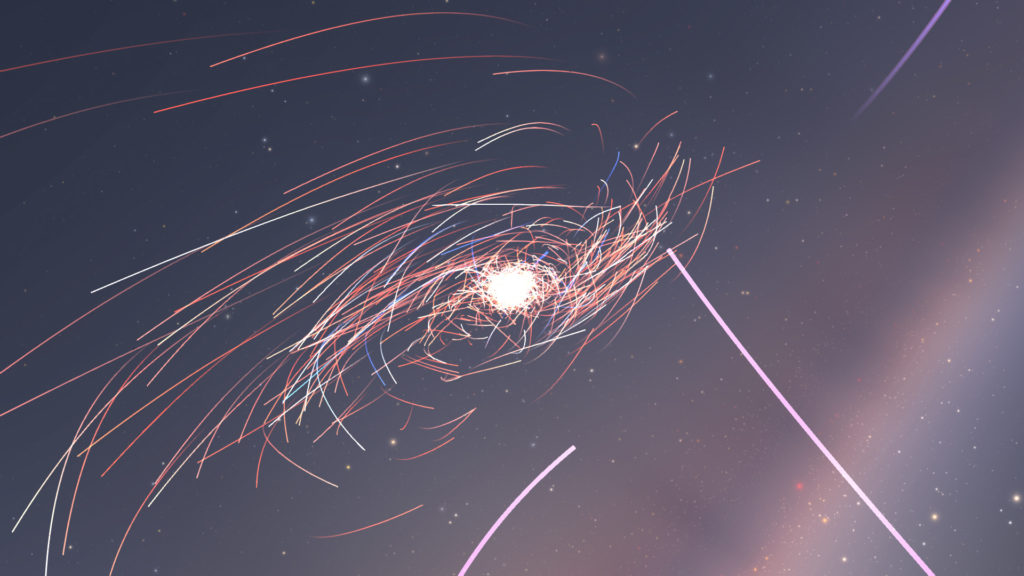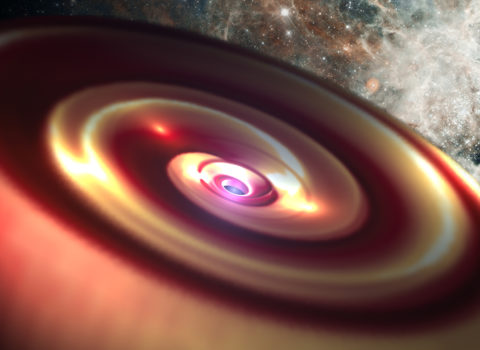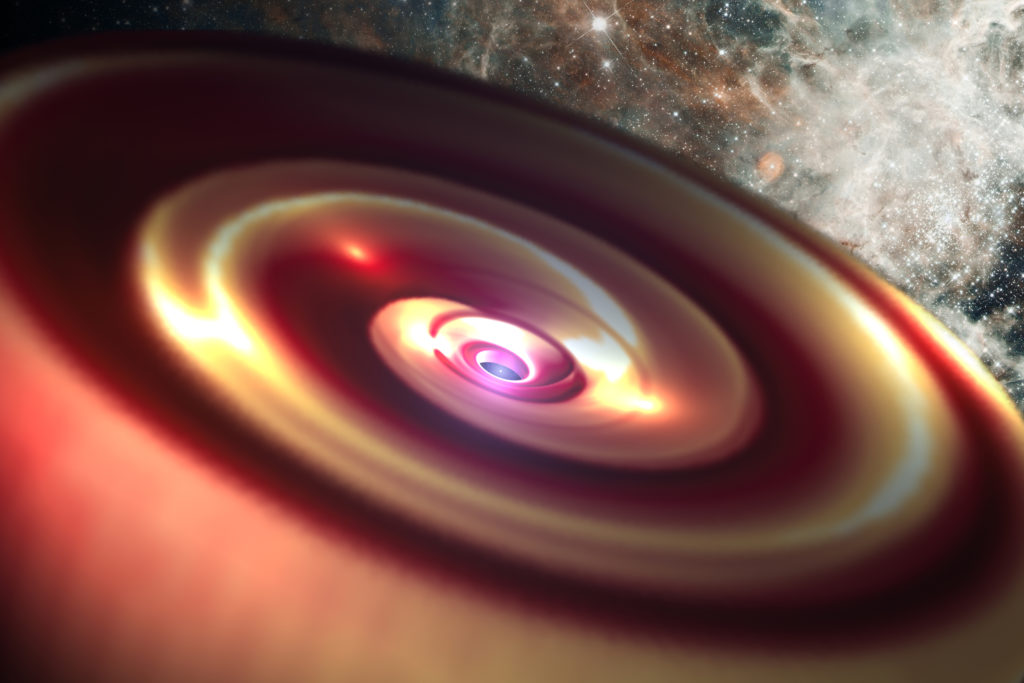
Geller, Aaron
Lead Data Scientist and Astrophysicist
I’m a Data Scientist and Astronomer working jointly at Northwestern University’s IT Research Computing and Data Services (RCDS) and Center for Interdisciplinary Exploration and Research in Astrophysics (CIERA).
In RCDS, I lead the data science side of our team, collaborating with researchers across Northwestern to elevate the impact of their data analysis efforts and visual communication. I also co-lead our Data Science Research Consultants Student Program, helping to advance the next generation of data scientists. I am also passionate about data visualization; you can find some examples of my work on my visualizations page. I also regularly run workshops for Northwestern students, faculty and staff on related topics. More information about the services that our RCDS team offers can be found on the RCDS Data Science, Statistics and Visualization (DSSV) page. If you work at Northwestern and you have questions about analyzing or your data, or you have a related project that you want help with, please contact me.
As research faculty, I study stellar astrophysics and gravitational dynamics, and particularly how gravitational encounters between stars influence the evolution of multiple-star systems, planetary systems, and star clusters. My tools combine detailed multi-wavelength observations (primarily stellar photometry and spectroscopy) with sophisticated numerical simulations. I am also very interested in applying different data analysis and statistical methods from across the sciences to astrophysical research questions. You can find more information on my Research Page.



